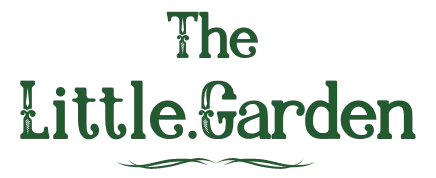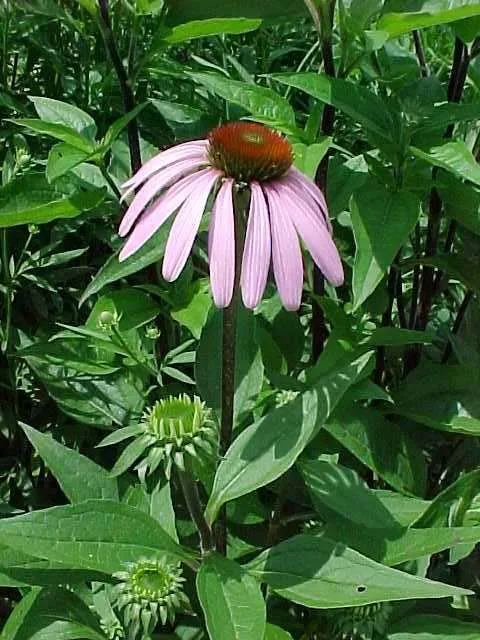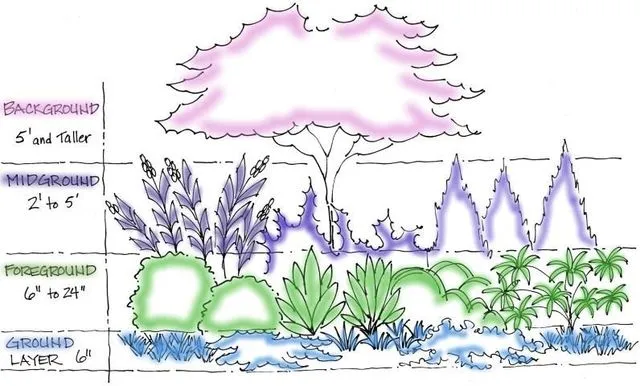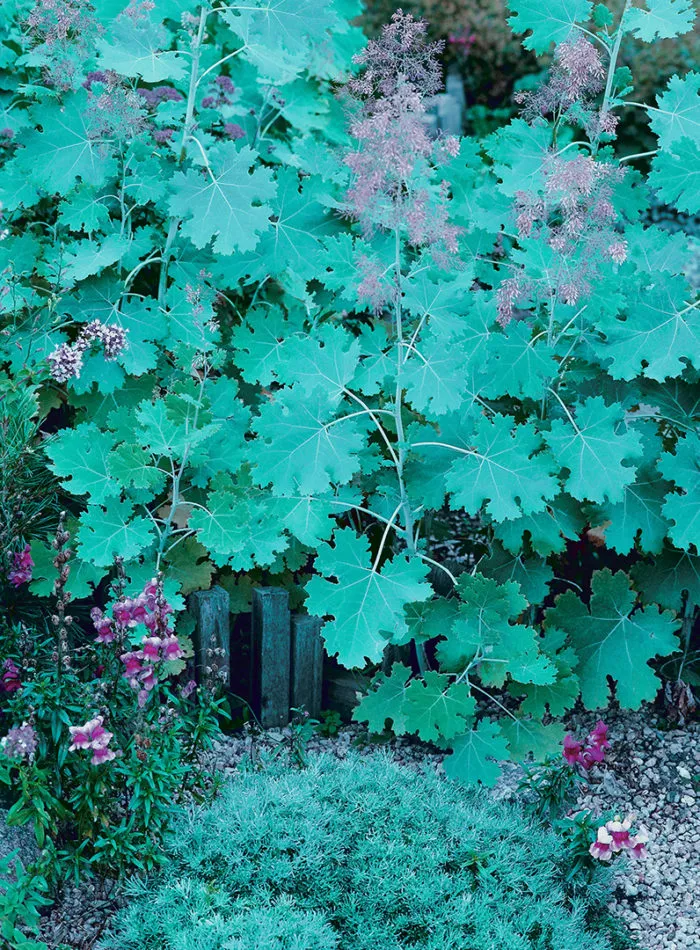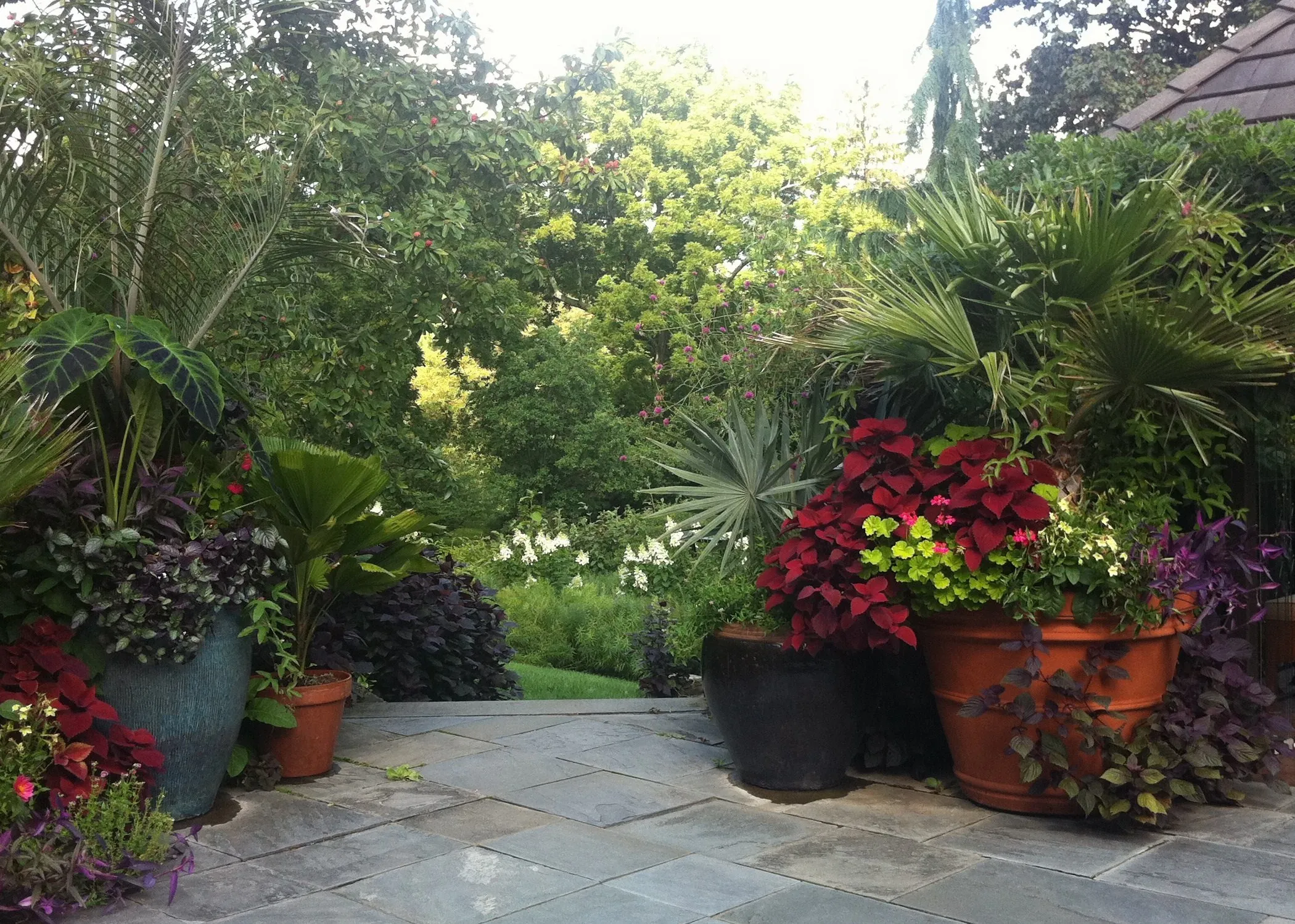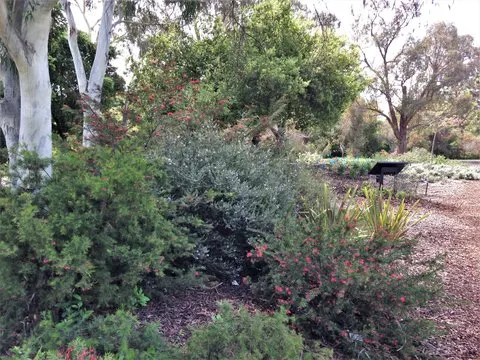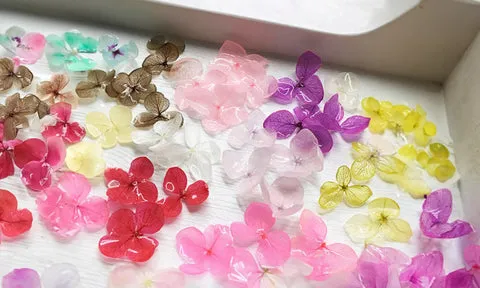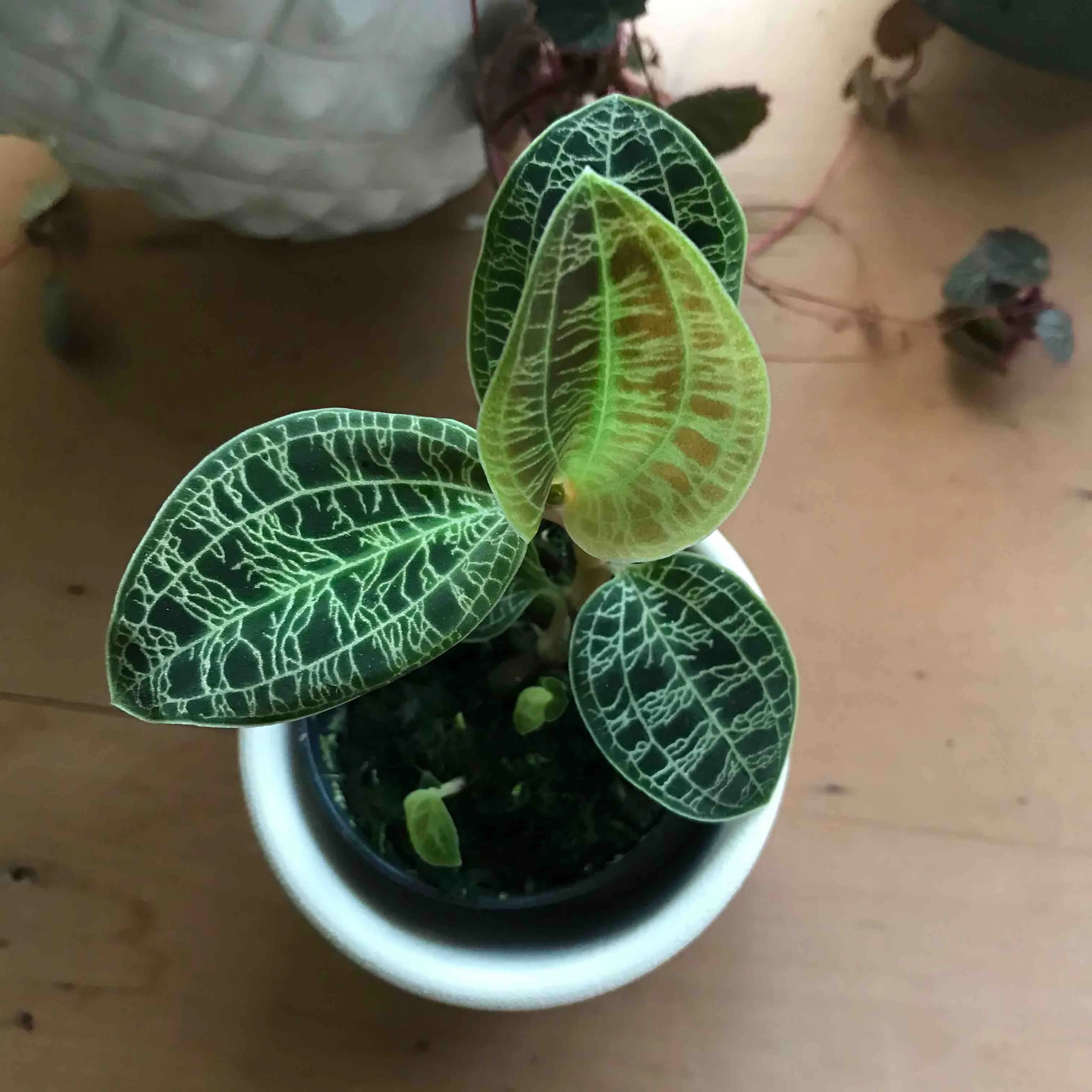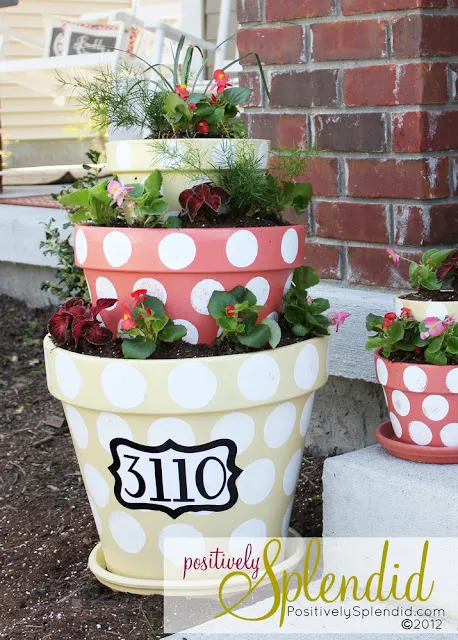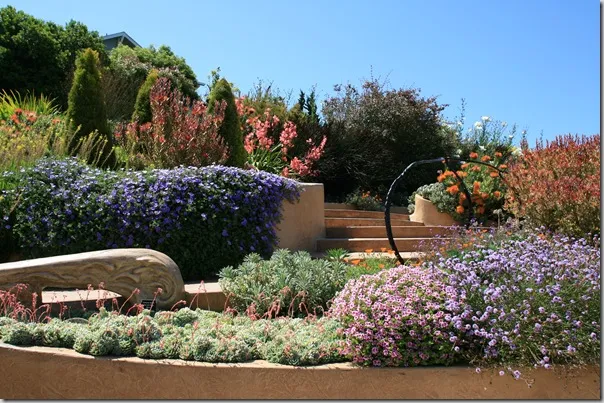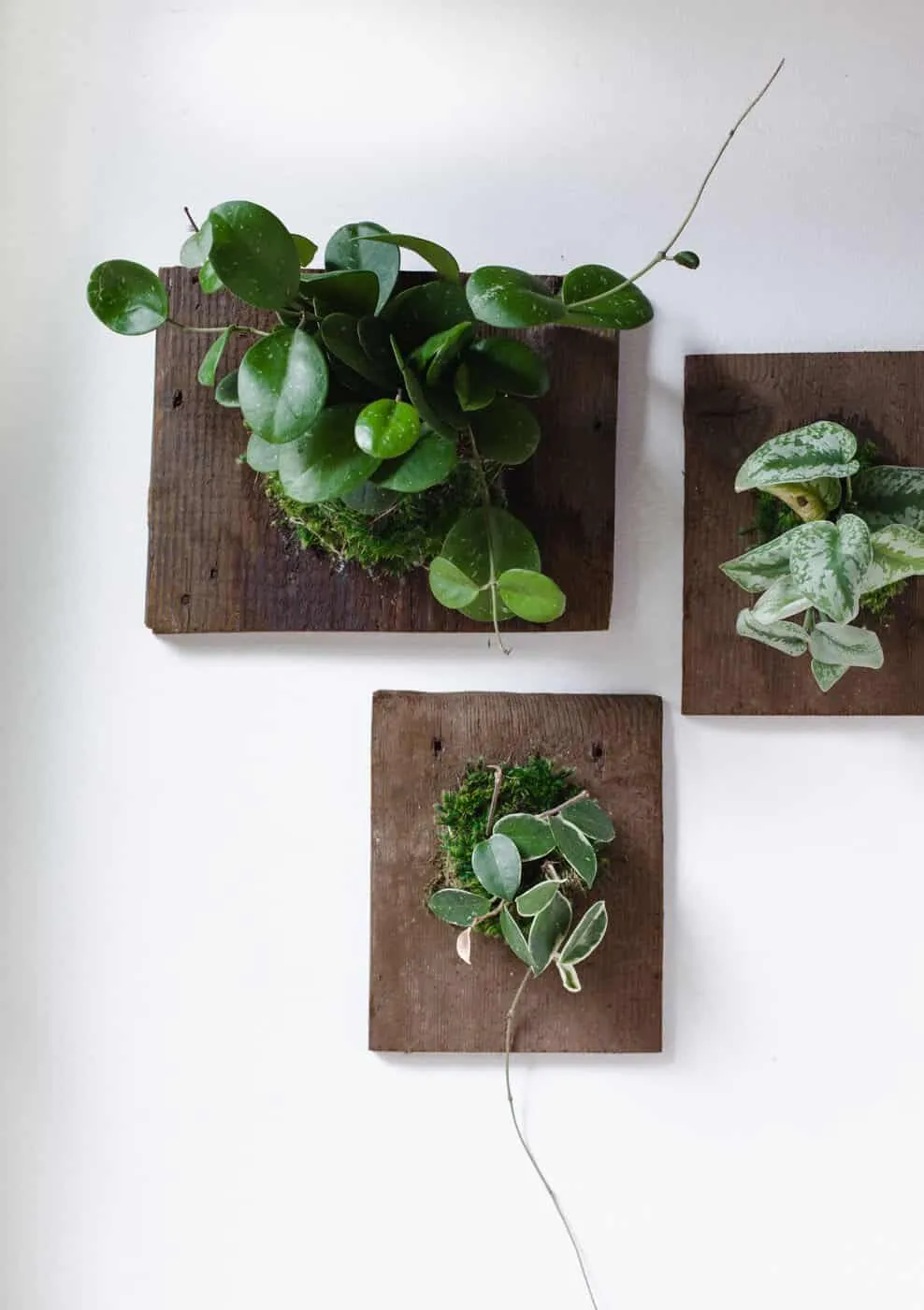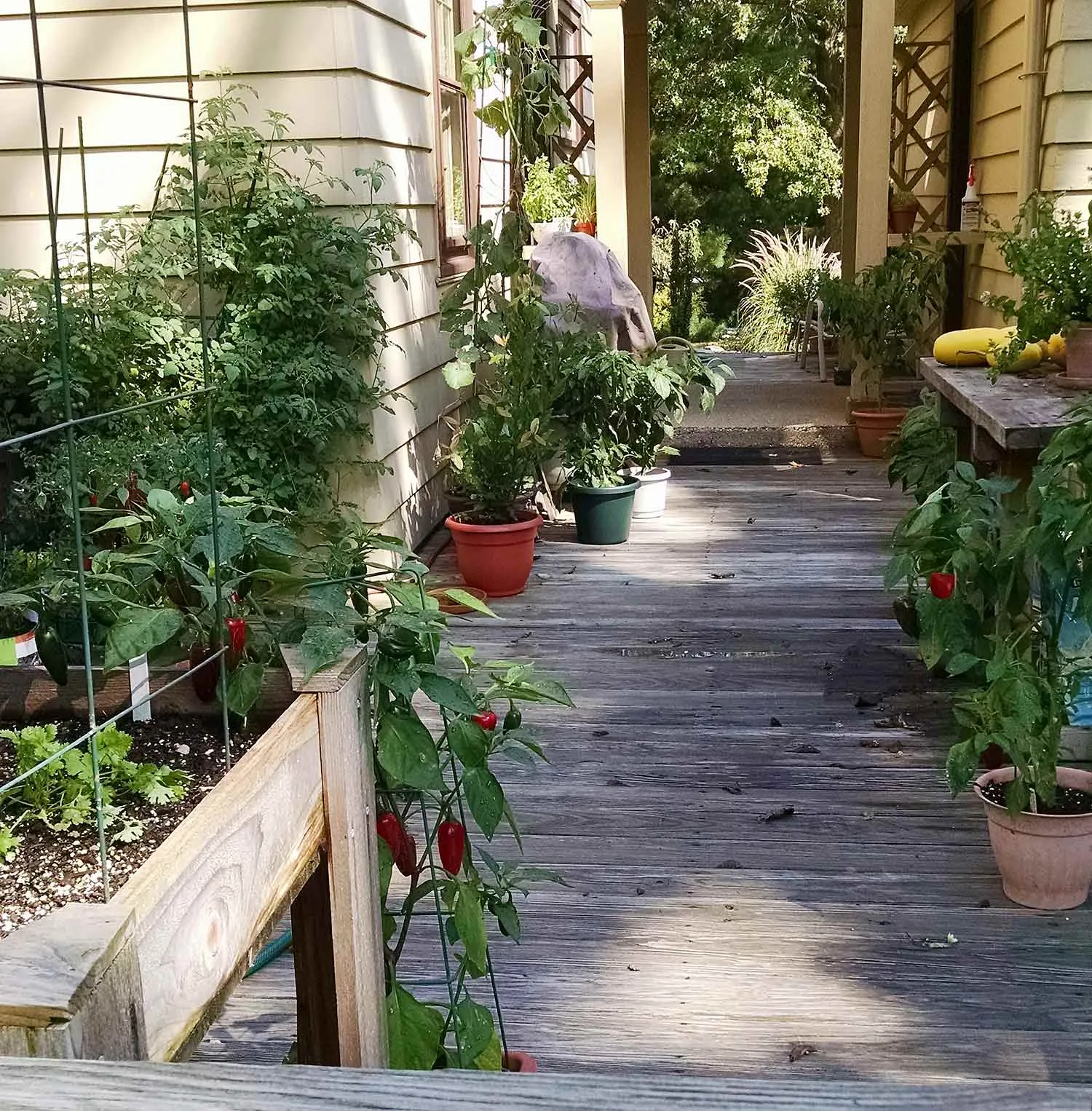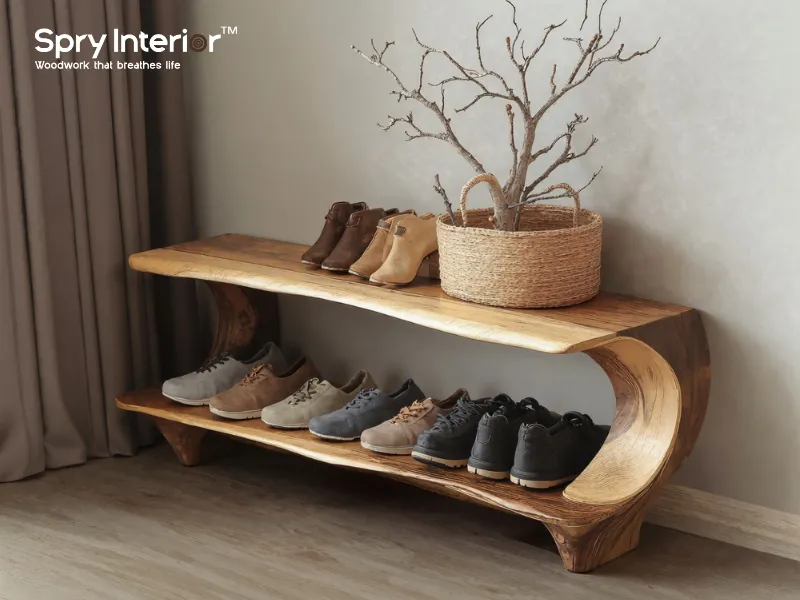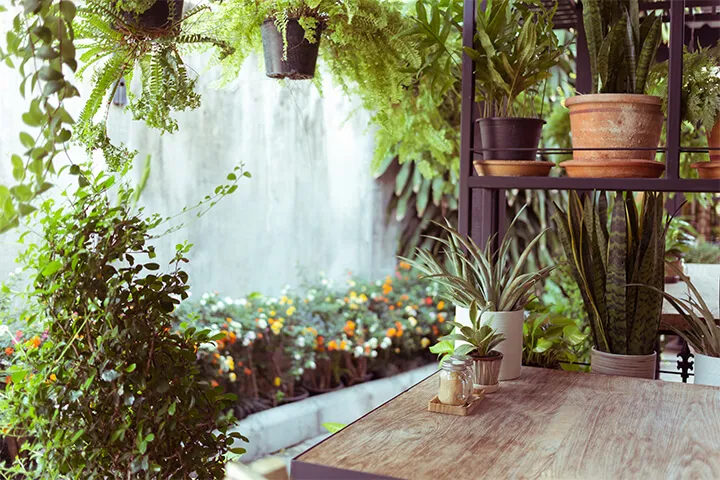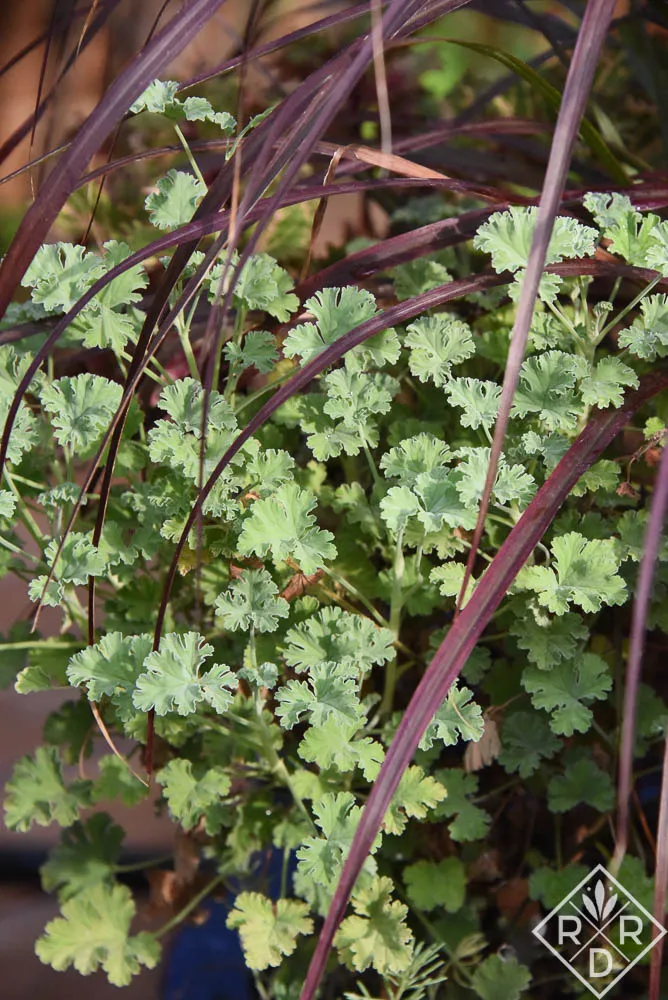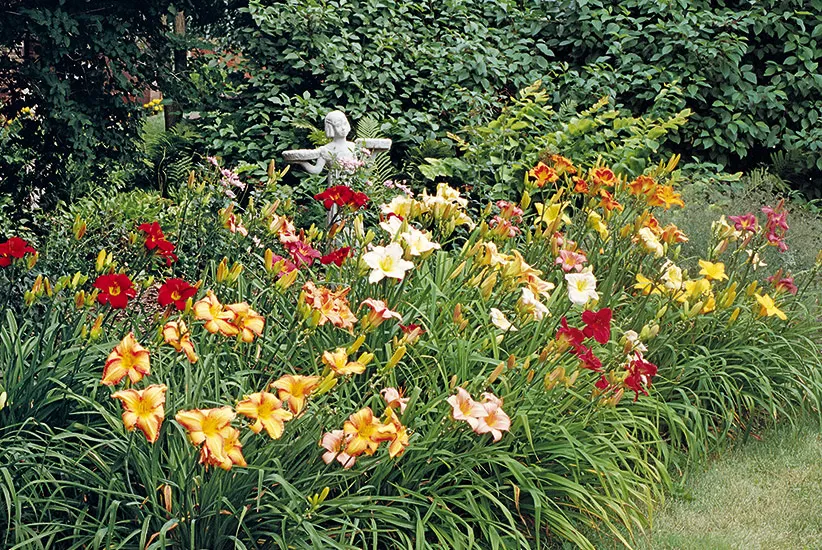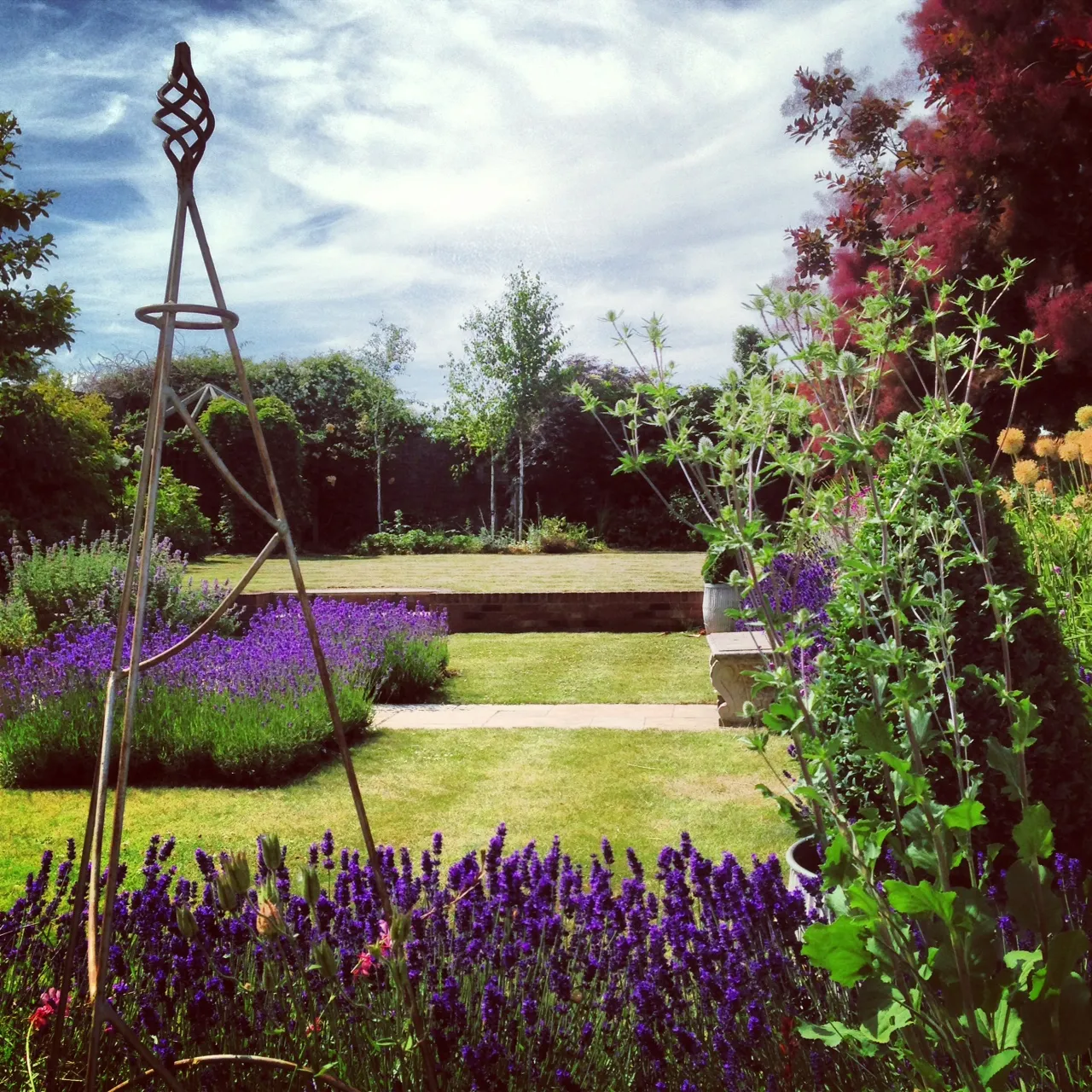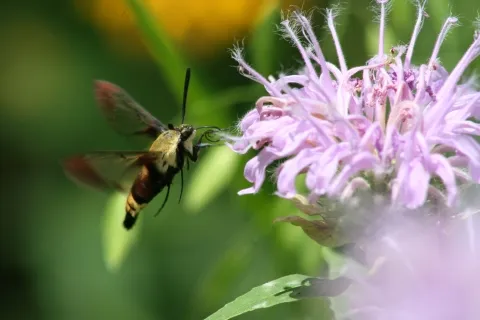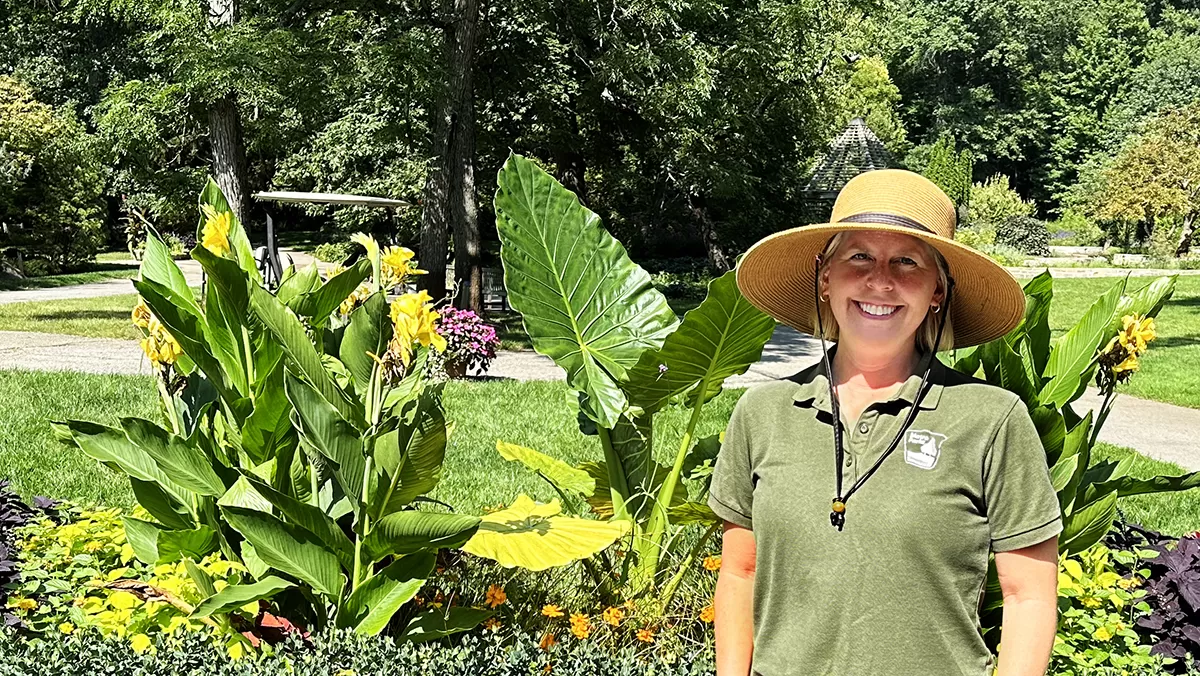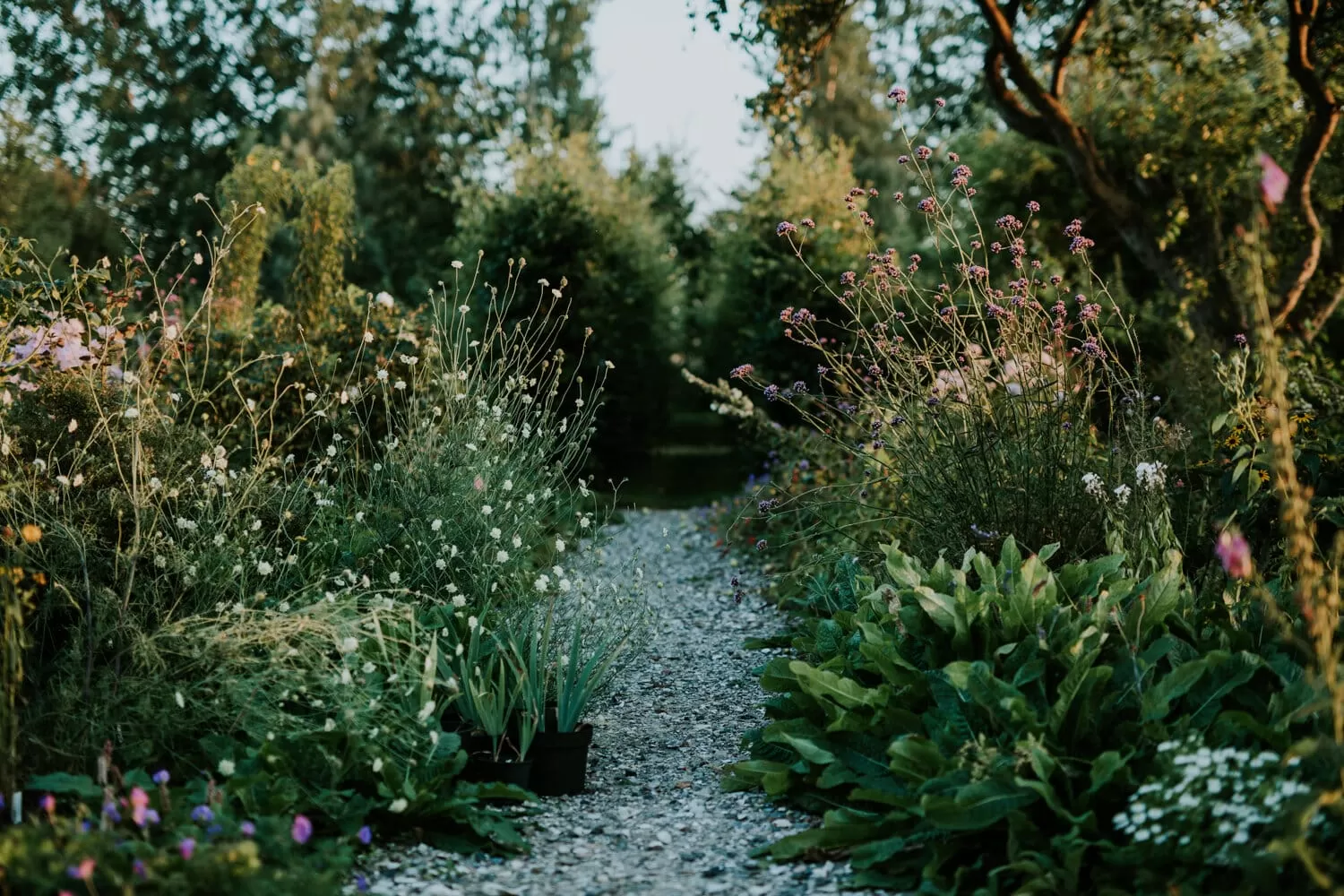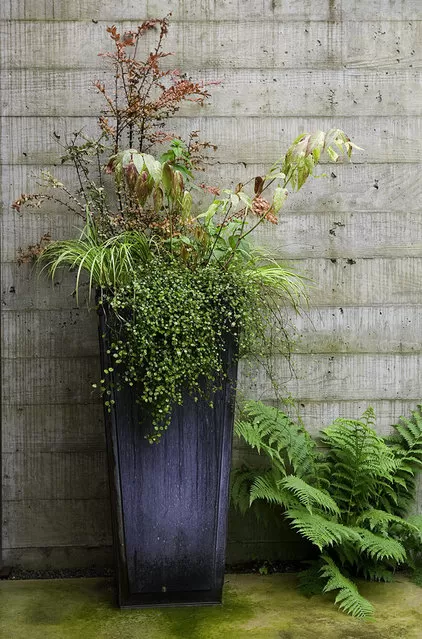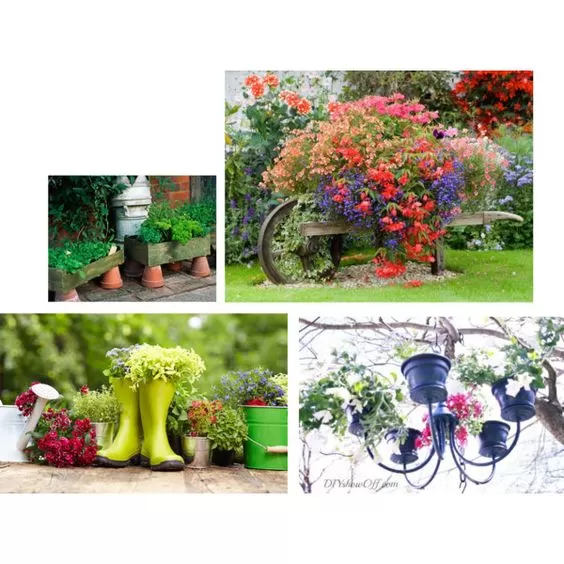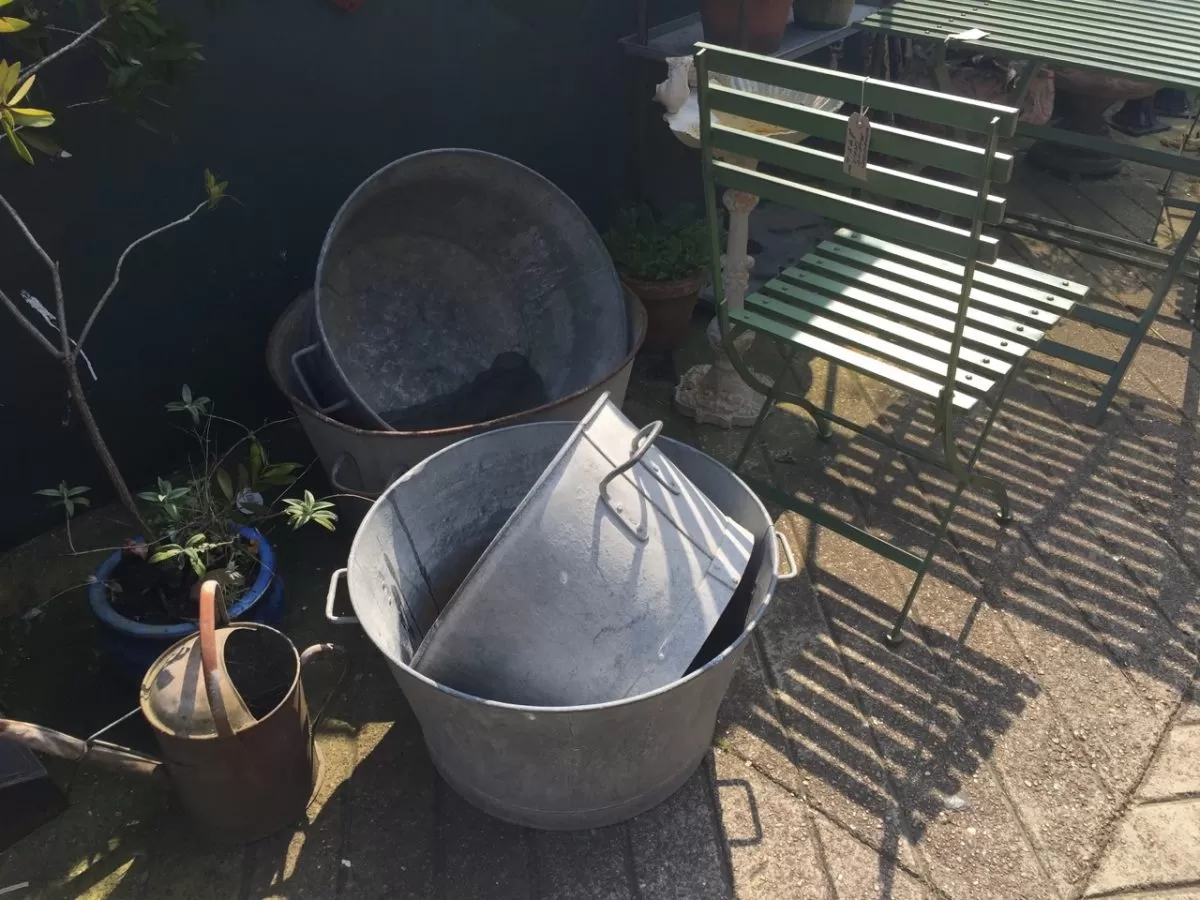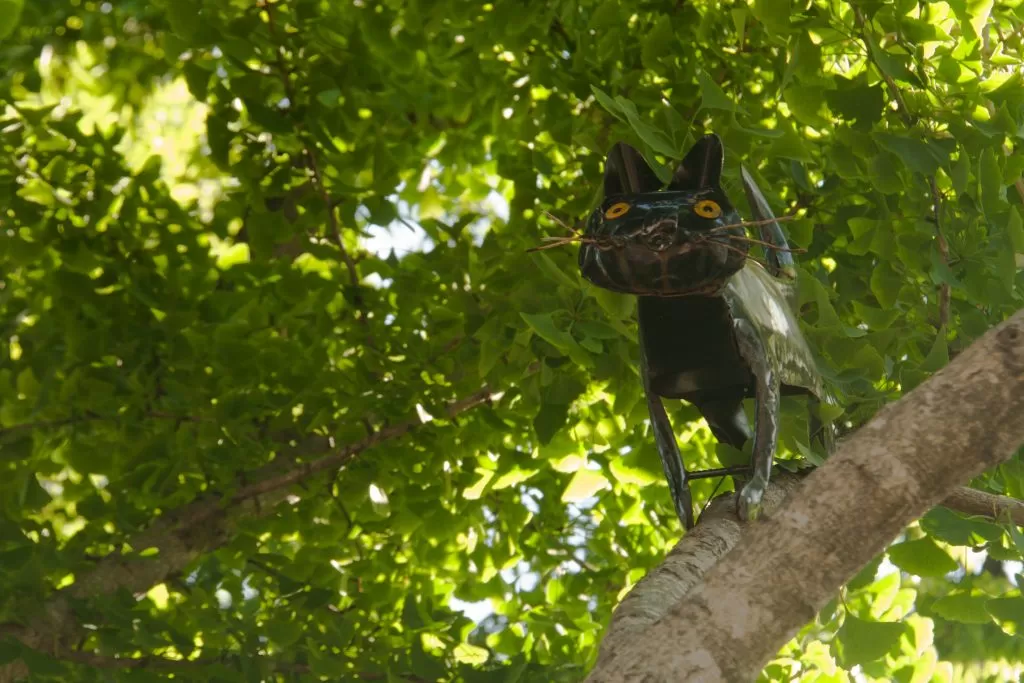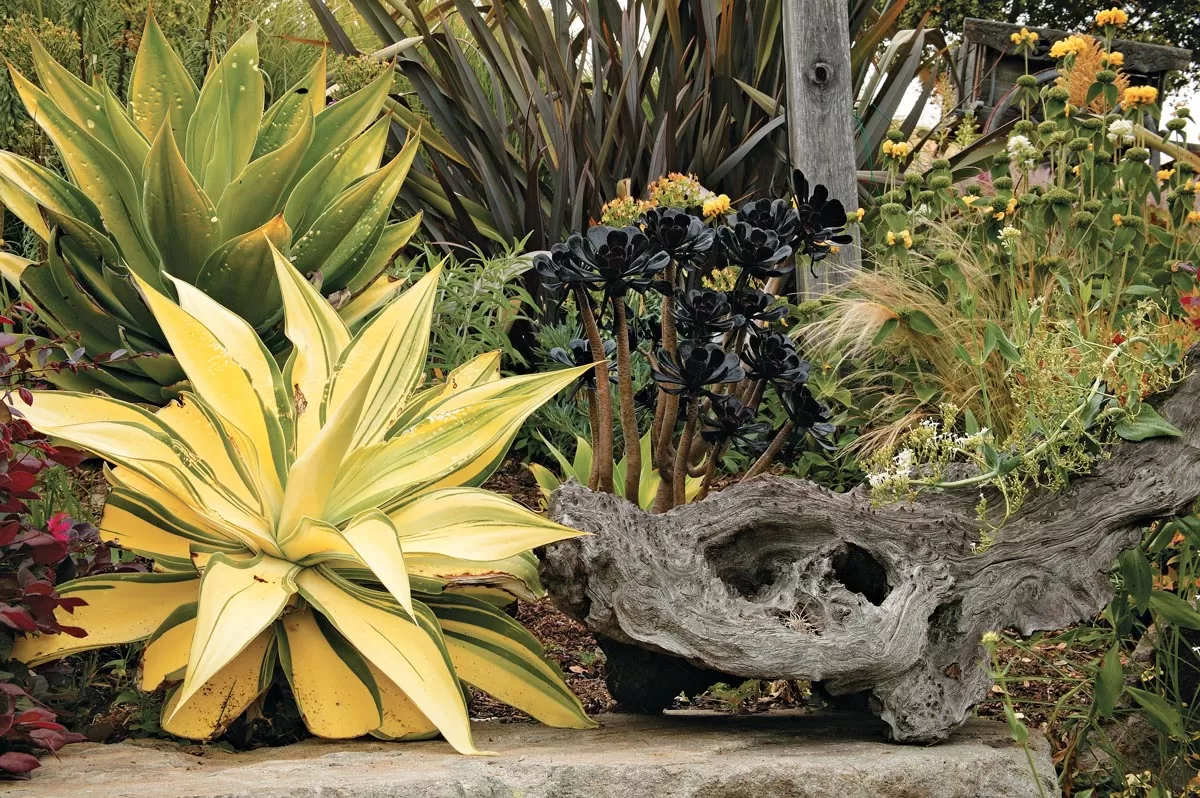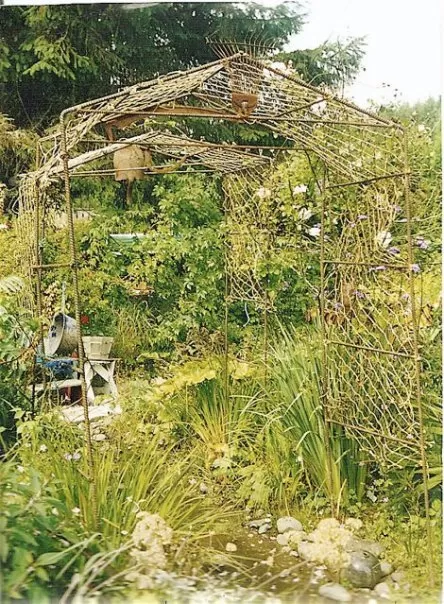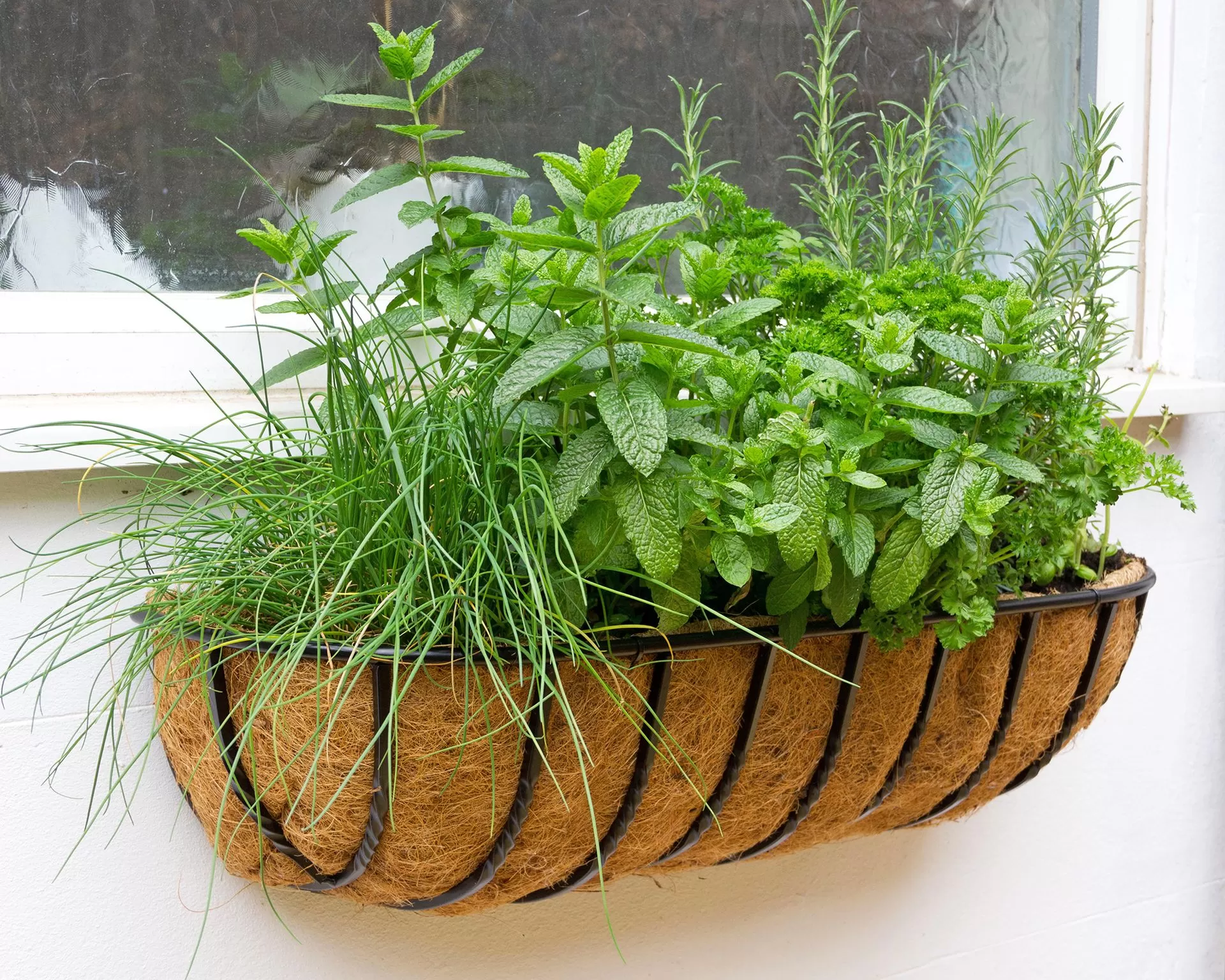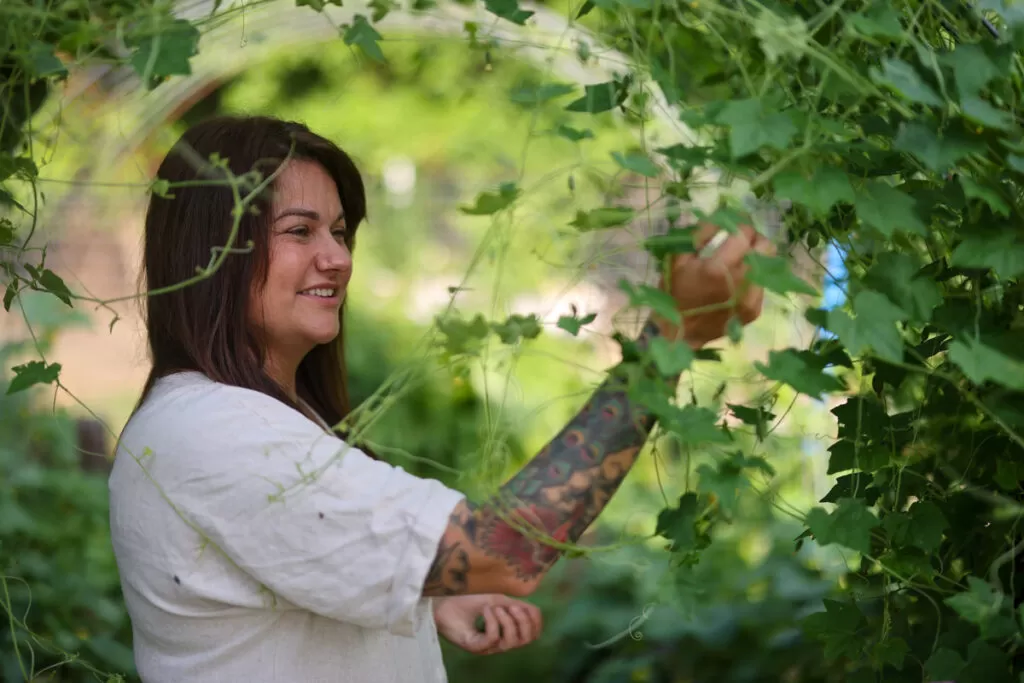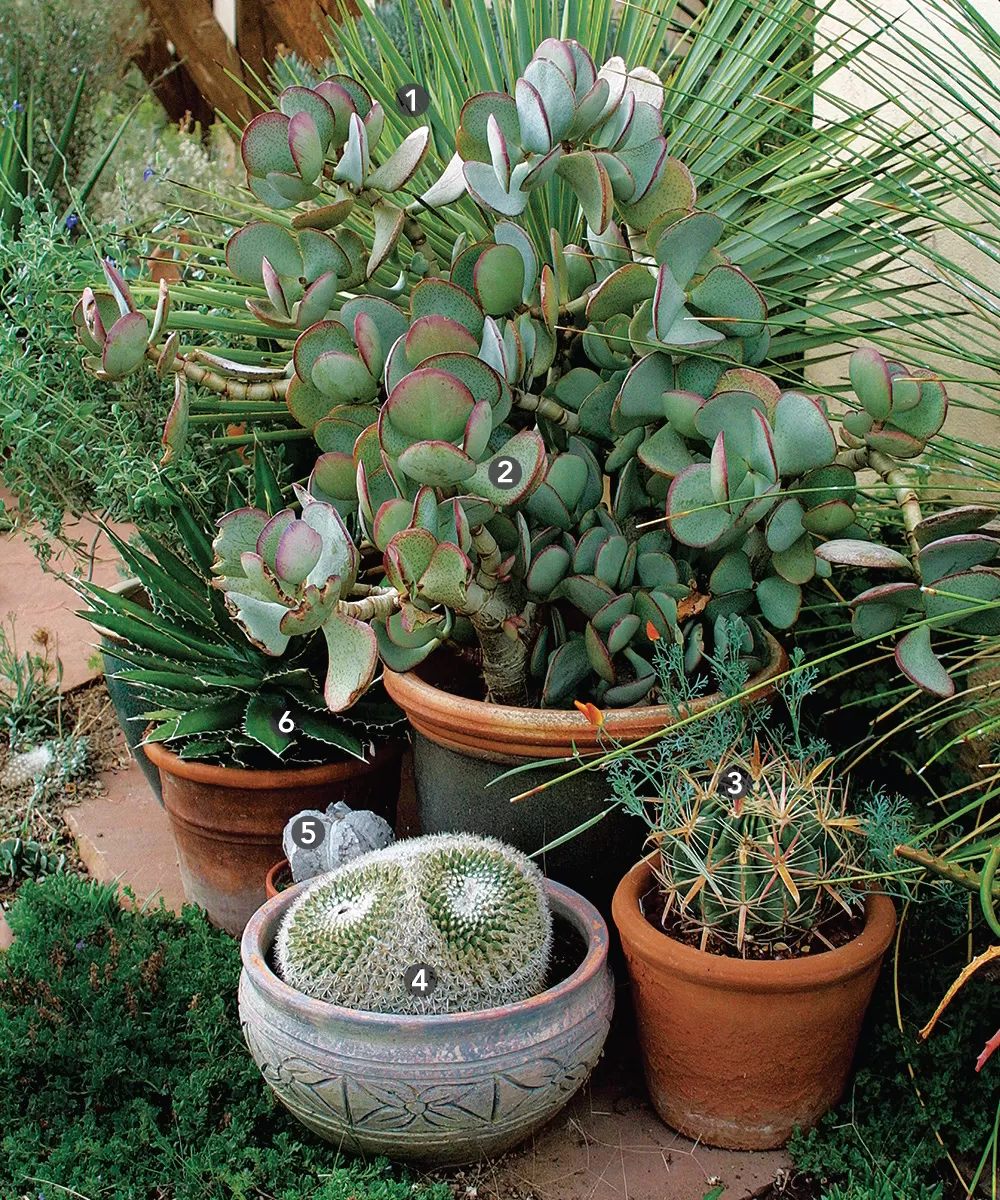Providing water for garden visitors is a crucial act of kindness that every gardener should consider. While we often remember our feathered friends with bird baths, let’s not forget the tiny, hardworking pollinators like bees and butterflies. During scorching summer days or unexpected dry spells, finding a safe water source can be a matter of survival for them.
Here’s why you should consider adding bee cups and water stations to your garden:
- Pollinators, especially bees and butterflies, desperately need water in hot or dry conditions.
- Traditional water sources like ponds or deep bird baths can pose a drowning risk.
- Adding dedicated small water spots provides a safe drinking platform.
- Creating DIY bee cups or water stations is simple, inexpensive, and immensely beneficial for local wildlife.
- Hydration supports healthy pollinator populations, essential for garden productivity and biodiversity.
As a gardener who loves watching the buzz and flutter of life in my patch, I know the joy that comes from seeing these creatures thrive. Providing safe access to water feels like a small but significant way to support the ecosystem I cherish. Let’s dive into why water is so vital and how you can easily add these life-saving spots to your own garden.
Contents
- Why Bees Need Water More Than You Think
- The Charm of Dedicated Bee Cups
- How to Create Your Own DIY Bee Cups and Water Stations
- Simple Saucer Bee Baths
- Adapting Bird Baths (with caution)
- Miniature Wildlife Pond Hydration
- Gentle Water Features
- Placement Tips for Success
- Supporting a Thriving Garden Ecosystem
- Conclusion
Why Bees Need Water More Than You Think
Most of us know bees drink nectar, but water is just as essential for their survival and the health of their hive. Think about it: on a hot day, wouldn’t you crave a cool drink? Bees do too! They drink water for hydration, much like us, but they also use it for a surprising purpose within the hive.
Honey bees specifically use water for evaporative cooling. Worker bees will carry water back to the hive and spread it in thin films on the inside walls. Then, other bees will fan their wings, creating airflow that evaporates the water, effectively acting as a natural air conditioner for the hive. Without enough water, maintaining the correct temperature for the brood and honey can be challenging. Providing easy access to water helps them perform this vital task efficiently.
The Charm of Dedicated Bee Cups
Before we explore the joys of creating your own, it’s worth knowing about purpose-designed bee cups. These are often small, elegant vessels made from materials like porcelain, metal, or glass, mounted on spikes to be inserted into the ground. Their design is intentionally shallow, holding just a small amount of water to minimize the risk of drowning.
Artists like Jen Rose have even designed porcelain Bee Cups with intricate details tailored to insect needs. Her cups hold only about a teaspoon of water and feature a textured surface, giving bees and butterflies a secure grip while they drink. What’s fascinating is that these cups are sometimes glazed with UV-reactive materials. Since bees can see ultraviolet light, these glazes can make the cups appear brighter and more like a desirable flower to them, drawing them in safely. The small water volume also tends to evaporate by day’s end, preventing them from becoming mosquito breeding grounds.
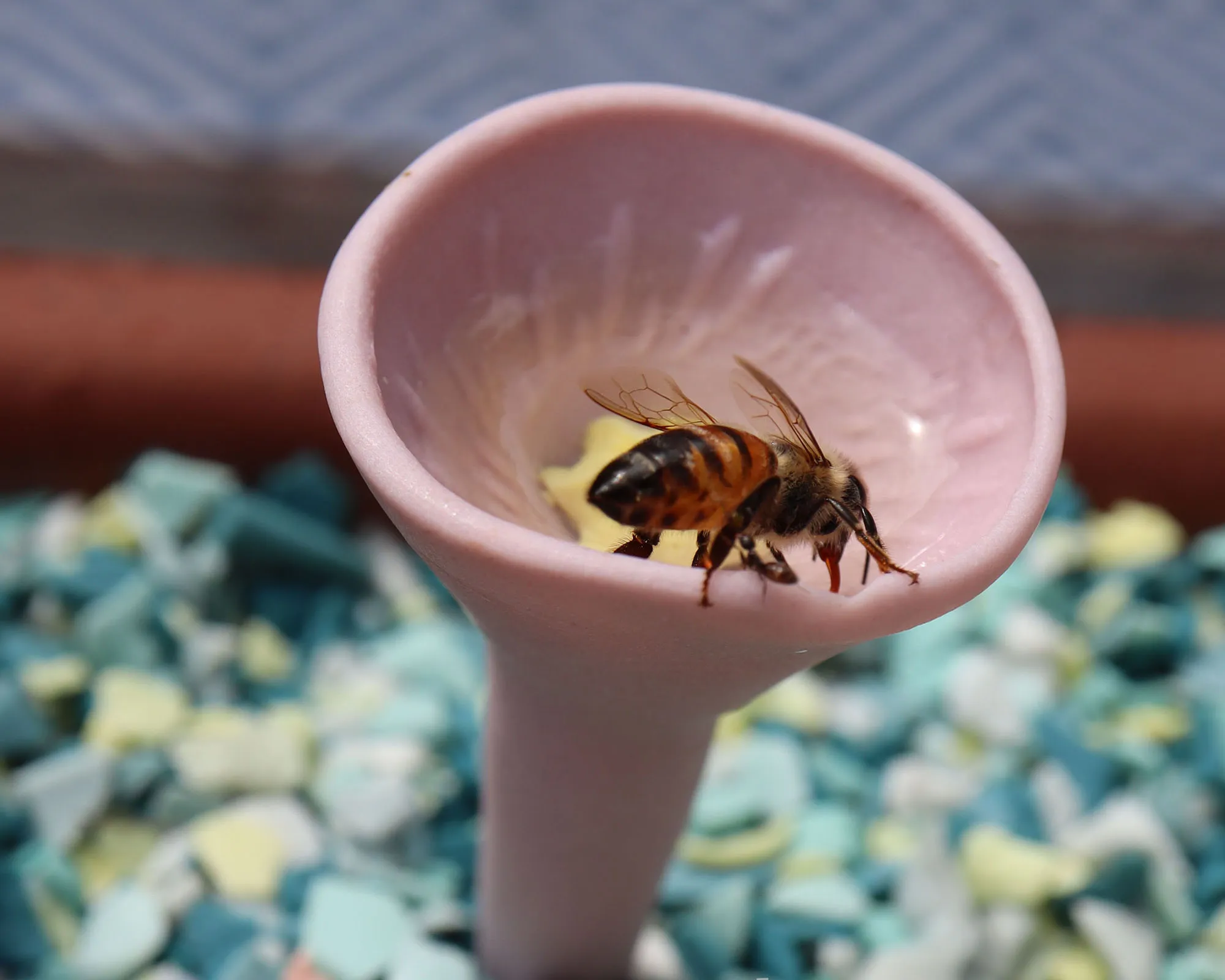 Bee resting on a textured porcelain bee cup
Bee resting on a textured porcelain bee cup
How to Create Your Own DIY Bee Cups and Water Stations
You don’t need fancy equipment to help pollinators stay hydrated. Creating a DIY bee cup or a larger water station is incredibly simple and can often be done with items you already have around the house or garden. The key is providing shallow access and a safe landing spot.
Simple Saucer Bee Baths
One of the easiest ways to create a bee water station is using a shallow dish or saucer. A plant pot saucer works perfectly.
- Choose a shallow saucer (about 1 inch deep is ideal).
- Place stones, pebbles, marbles, or even wine corks in the saucer. Fill it almost to the brim with these items.
- Add water, ensuring the stones or corks break the surface. Bees need a place to perch while they drink without getting submerged.
Place this saucer in a visible spot in your garden, ideally near plants that attract bees, but make sure it’s not hidden by dense foliage. I love watching a tired bee land carefully on a warm stone for a quick sip!
Adapting Bird Baths (with caution)
Can you use your existing bird bath? Possibly, but there are a couple of considerations.
- Shallowness: Most bird baths are too deep for bees. You’ll need to add plenty of stones, pebbles, or even a large, flat rock to create a shallow landing platform where bees can drink safely without falling in.
- Bee vs. Bird Dynamics: Sometimes, a busy bee drinking station can deter birds. If you have the space, providing a separate, dedicated water source for bees might be best if you want to ensure your feathered friends still feel welcome at their usual spot.
- Hygiene: Bird baths require regular cleaning (daily water change, weekly scrub) to prevent disease spread among birds. While bees are less fussy about sparkling clean water and are even attracted to water with some algae growth, maintaining reasonable hygiene is still a good practice for overall garden health.
Miniature Wildlife Pond Hydration
If you’re feeling a bit more ambitious, a small container pond can be a fantastic multi-purpose wildlife feature, including providing water for pollinators.
- Use a watertight container (like a tub, old sink, or pond liner).
- Fill with a mix of gravel, soil, and water.
- Add aquatic plants (like mini lily pads) and ensure there are plenty of large stones, rocks, or logs sticking out of the water’s surface. Floating items like wine corks or pieces of sponge also work as landing pads.
- The algae and plant growth often found in these mini-ponds are actually appealing to bees. The various textures and heights offer safe drinking spots.
This creates a more naturalistic water source that benefits a wider range of garden critters, from pond dwellers to thirsty pollinators.
Gentle Water Features
A small, trickling garden fountain can also be a draw for bees, provided the water flow is very gentle. Bees prefer calm water sources. If you have a fountain with shallow edges or stones where water pools briefly before flowing down, this can double as a drinking station. Avoid fast-moving or turbulent water.
Placement Tips for Success
Where you place your DIY bee cups or water stations matters.
- Near Flowers: Position them close to the flowering plants that bees frequent. This makes it easy for them to find the water when they need a break from foraging.
- Visible Spot: Choose an open area that receives some sun. Bees are more likely to find a water source that isn’t completely hidden by dense foliage.
- Protected: While visible, try to choose a spot that offers some protection from strong winds, which can make landing difficult.
Supporting a Thriving Garden Ecosystem
Adding water sources like DIY bee cups is just one piece of the puzzle in creating a garden that supports wildlife. When combined with planting a diverse range of flowering plants that provide nectar and pollen throughout the seasons, you create a truly welcoming habitat. This encourages a healthy biodiversity, bringing in not just bees and butterflies, but also beneficial insects that prey on garden pests, and providing food sources for larger animals like birds. Every drop of water and every flower planted contributes to a more resilient and vibrant garden ecosystem.
Conclusion
Taking a few minutes to set up a DIY bee cup or water station is a simple yet incredibly impactful action you can take for your garden and the wider environment. By providing safe, accessible water, you help ensure that the precious pollinators we rely on can continue their vital work, keeping our gardens productive and our world beautiful.
Have you tried making your own bee water station? Share your ideas and experiences in the comments below! What other ways do you support pollinators in your garden? Explore more tips and inspiration for creating a wildlife-friendly garden here on Thelittle.garden.
